Studio Essentials: These Hidden Hands
Tommy Four Seven and Alain Paul run us through the gear that they hold most dear.
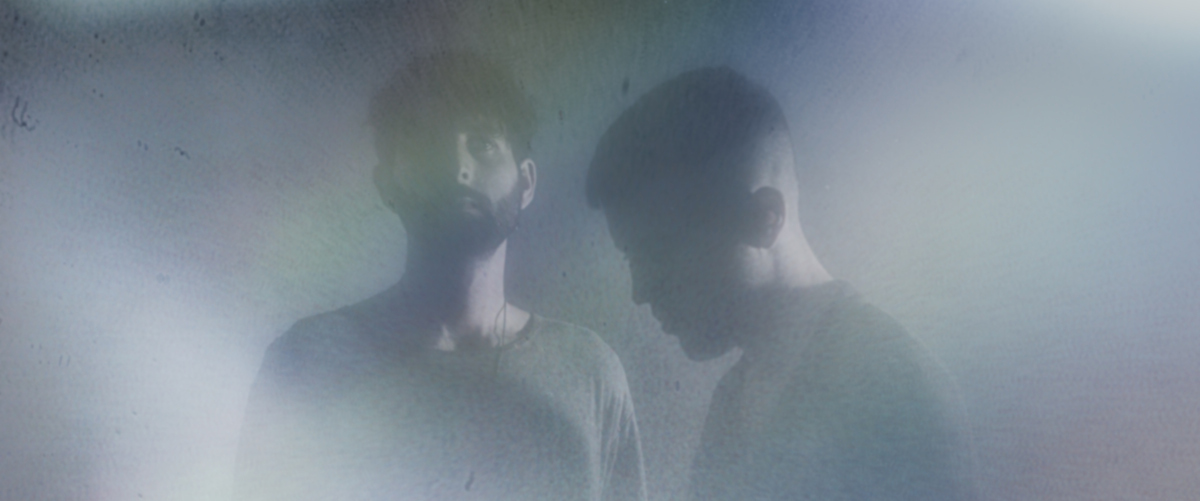
Studio Essentials: These Hidden Hands
Tommy Four Seven and Alain Paul run us through the gear that they hold most dear.

Some partnerships were simply meant to be; with every release, it becomes clearer that the British-born, Berlin-based pairing of Tommy Four Seven and Alain Paul is just that. Their project These Hidden Hands was born in 2012, an outlet for the duo’s atmospheric, experimental productions. Individually, they have both been responsible for some more directly techno records—at this point, Tommy Four Seven needs little introduction for his private releases; as Shards, his counterpart Paul has also had a number of hotly-tipped releases around the genre (though he’s also famed for his expertise behind the mastering desk).
Earlier this year, These Hidden Hands reemerged with a new single, SZ31X71, closelyfollowed by their second full-length, Vicarious Memories, which arrived last month. The recent works built on the foundations laid in their debut album—a highly-complex ambient affair. Disregarding any genre boundaries, the LP is dark at times, mellow in others, and even somewhat uplifting on a few occasions. The most striking thing about Vicarious Memories however,has got to be the level of detail in its subtleties: the work of musicians who really understand their machines. It was with this in mind that we invited These Hidden Hands to run us through their studio essentials.
Shure SM57
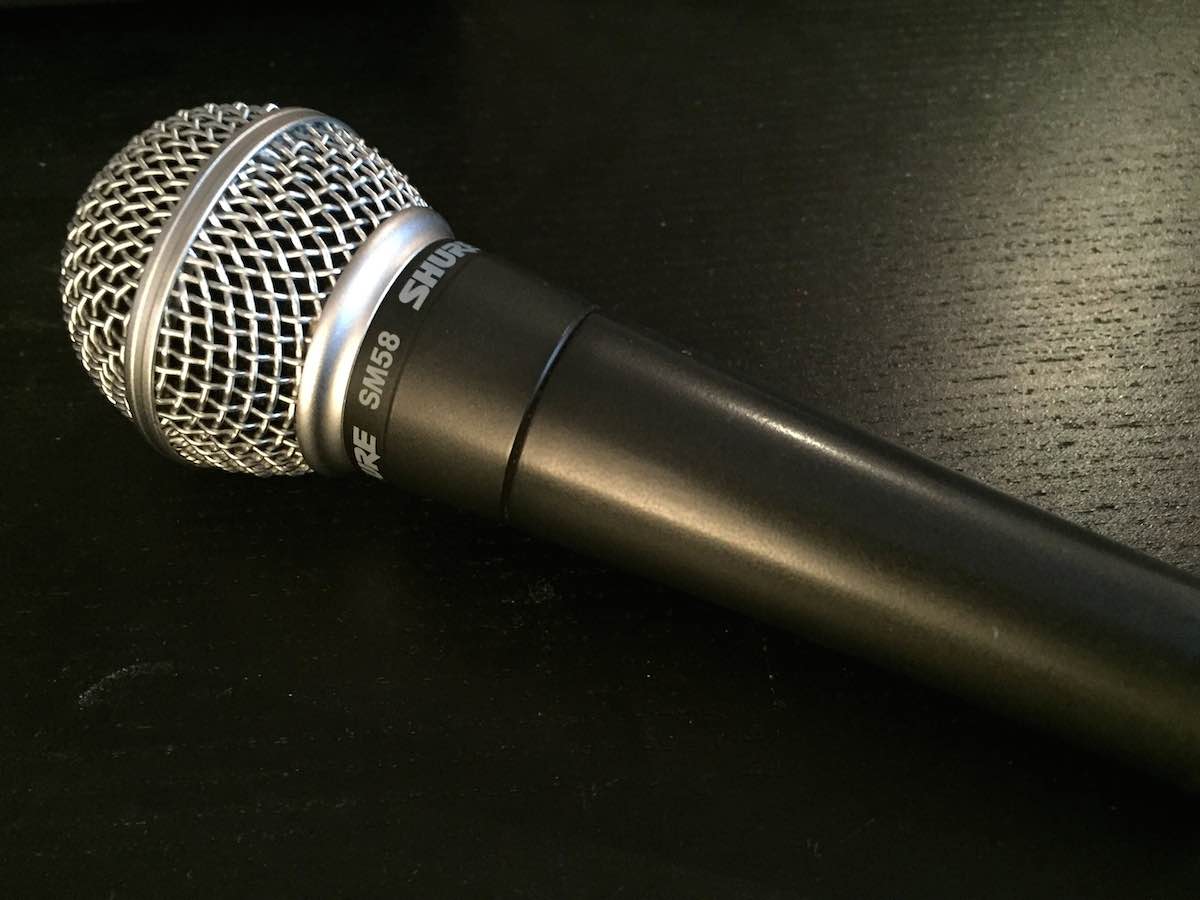
Tommy: We generally tend to leave one mic plugged in and laying around ready to record when we’re writing. For the first album it was an AKG 414, but for this one it happened to be an SM57. The varying tonal characteristics between different choices of microphone are largely unimportant to us, as we very heavily process everything we record, to the point where the original recording is usually unrecognisable. Although mic selection isn’t important, a microphone itself as a means to capture real world sounds is actually the very core of our compositional process, without which the majority of the sounds on our album wouldn’t exist.
Roland JP08
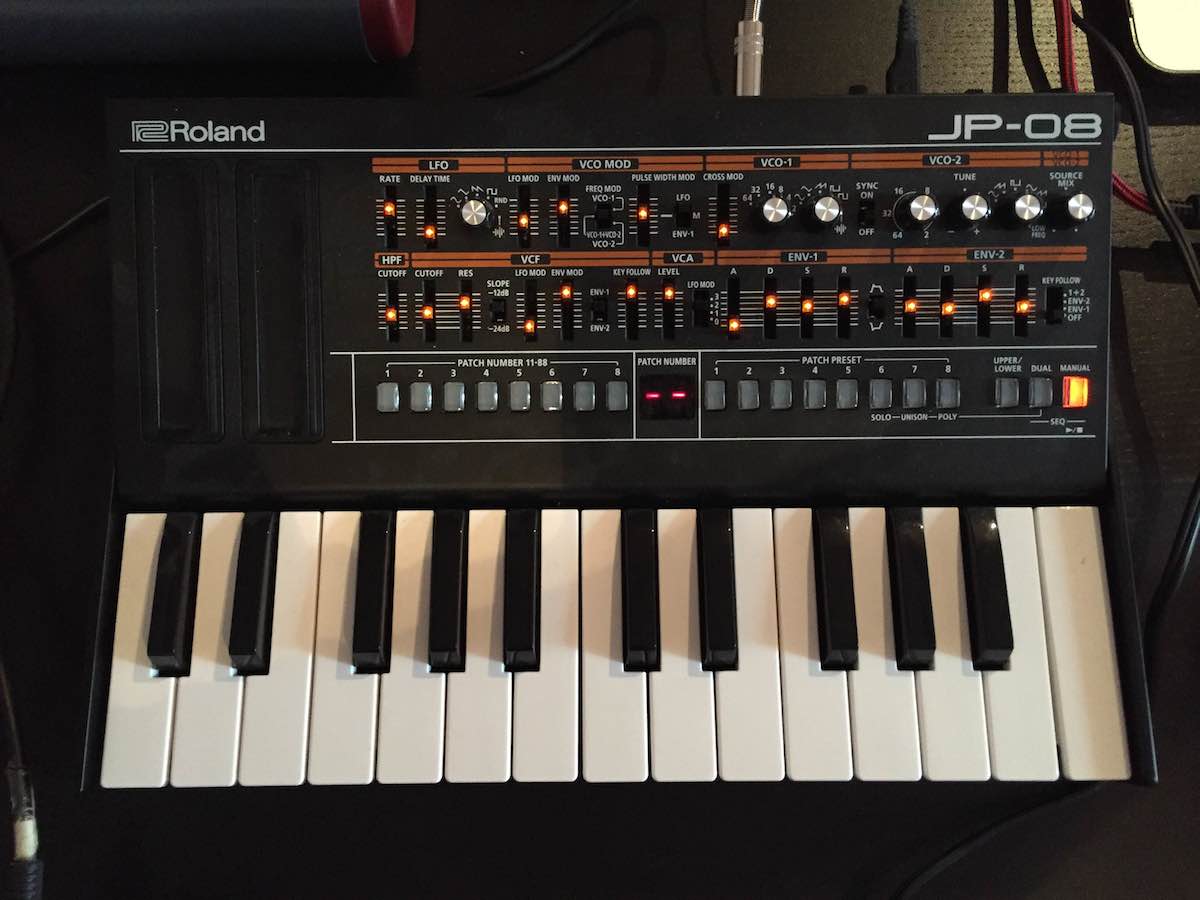
Alain: This thing has its problems. You can get tons of interference noise over the USB cable and the converters have a measly amount of headroom, which means it crackles and clips horribly if you have the (digital) volume knob up too high. Despite that, it’s the coolest little polysynth just to jam with on your lap using the built-in speaker, like some kind of toy. Actually, it has a fantastic interface and a few cool hidden features like delay, and if you manage to record it well, despite its crappy converters, the sounds you can get out of it are actually outstanding. We ended up buying one each.
Arturia Minibrute
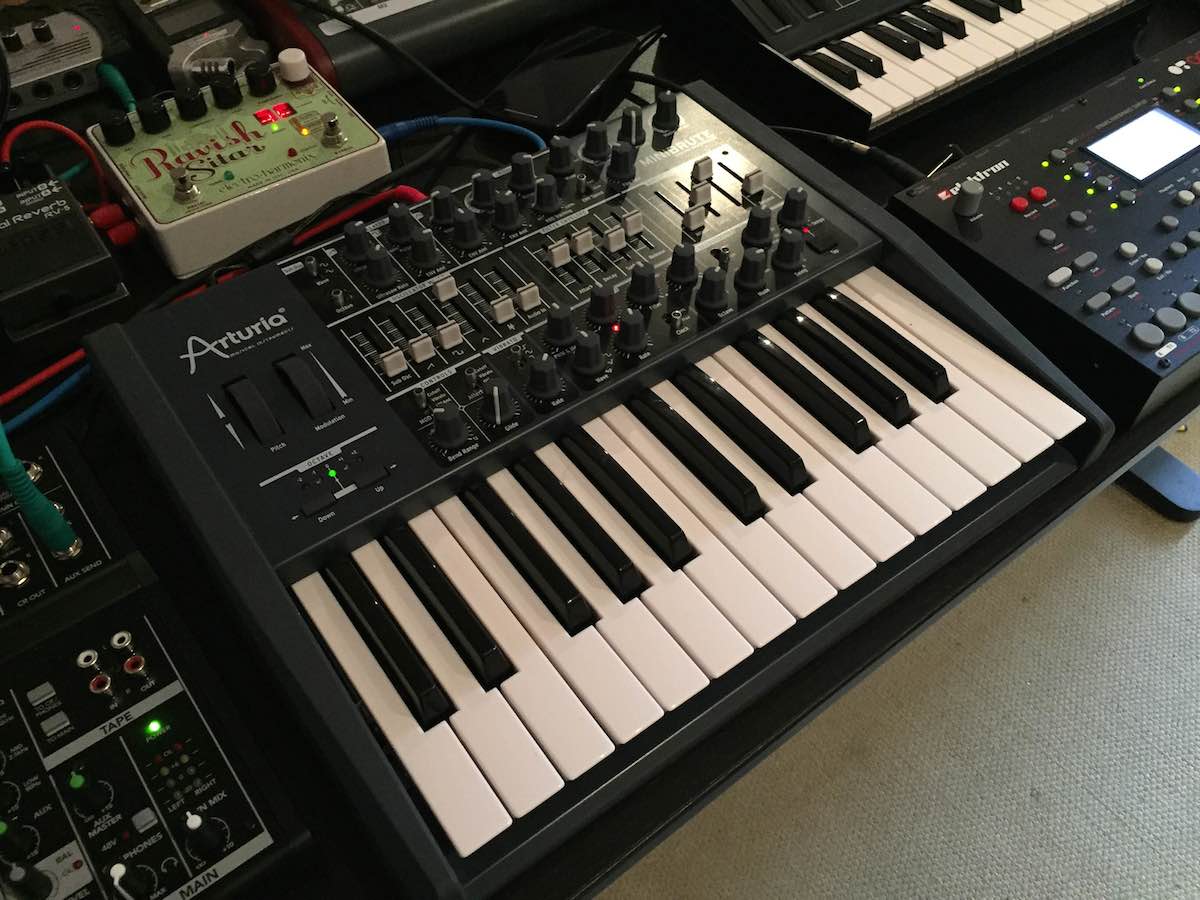
Tommy: The majority of the flamboyant synth sounds on this album came from the Minibrute. We have one each. It’s amazing how a modern, cheap bit of gear can sound so old and rich. There are a few large shortcomings: for example, if you want to use the LFO to modulate pitch for a vibrato effect (maybe if you want to use the mod wheel for the filter cut-off instead), you can’t, because the LFO modulates the pitch way too much, even on the very minimum amount. It feels like the panel controls are digital, so maybe some of the niggles could be ironed out in a firmware update. In the meantime, the thing still sounds massive.
Intellijel Shapeshifter
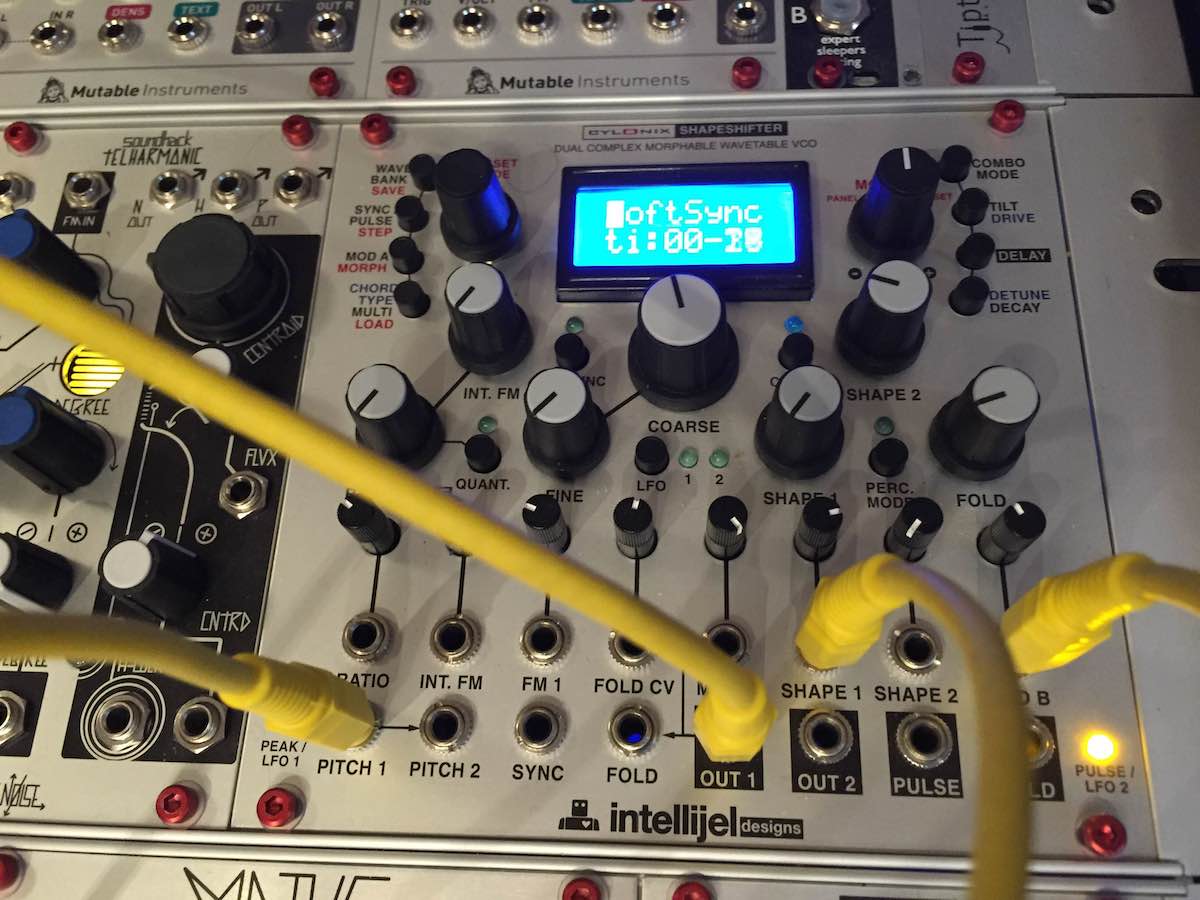
Alain: This is essentially the heart of my modular setup. This is all the wacky sounds on “Dendera Light” and “The Telepath,” and in various places as FX on many other tracks. My favourite modulation sources are Make Noise’s Maths and Wogglebug—most times there’s not even a filter or another audio processor after the Shapeshifter, because it can do so much independently.
Arturia Beatstep Pro
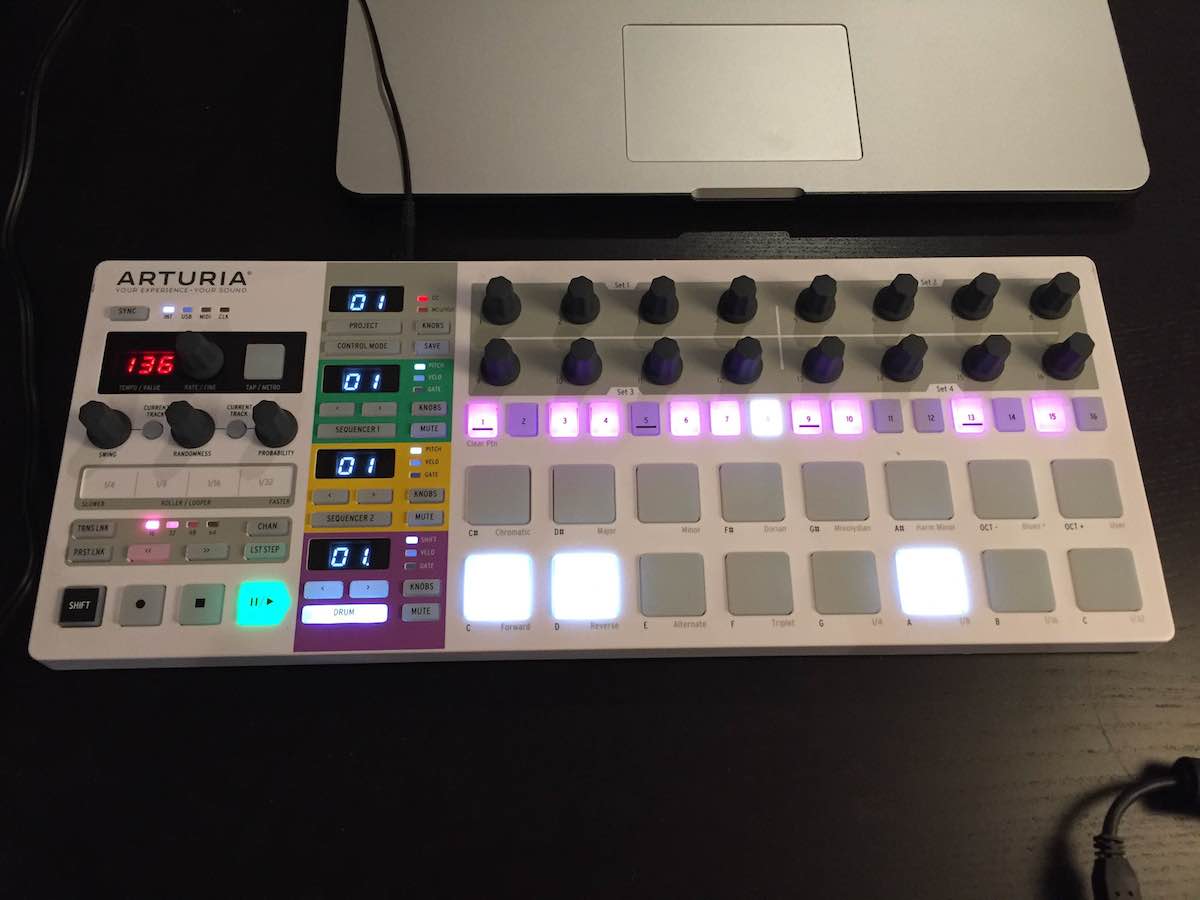
Tommy: This is an absolutely fantastic sequencer for jamming out ideas with other bits of hardware, especially modular stuff. You can take the drum gate outs and whack them into other modules to create crazy patches with the eight triggers. You can do similar things with a few high-end Eurorack sequencer modules, but where this thing is way bigger and can sit in front of the modular or on your lap, it’s extremely comfortable to jam with.
Banner photo by Frederik Altinell.

